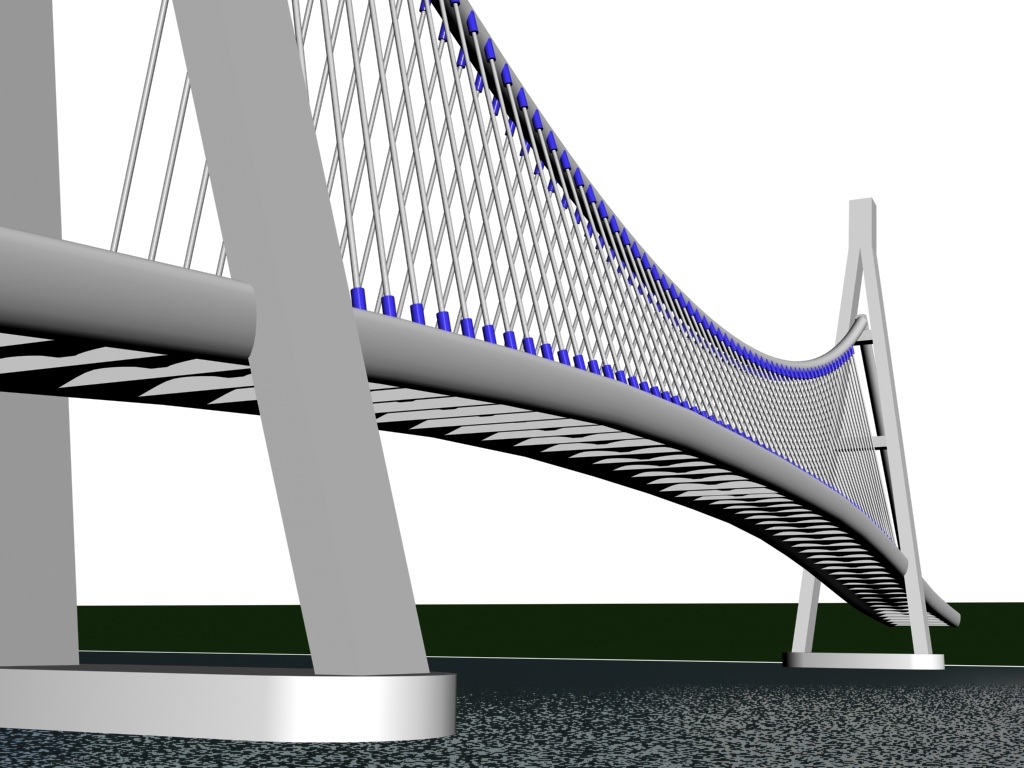Bridges are critical to our everyday lives because they are responsible for the connectivity of our communities, the facilitation of business travel, and the contribution they make to the overall economic growth of our nation. Who is responsible for designing these bridges, and what does a bridge engineer do?
Bridge Engineers
Bridge engineers are specialised civil engineers responsible for planning, designing, and constructing bridges and other highway-related structures. Bridge engineers are responsible for various tasks, including creating and maintaining bridge structures, reducing their environmental impact, and supervising the fabrication process. In addition to carrying out site investigations, data collection, determining environmental risks, analysing manufacturing processes, managing construction, and performing several other related tasks.
Bridge engineers will always play an essential part in building bridges, even though their responsibilities may change from project to project.
It is not an easy task to design a bridge or to keep it in good repair. Because of this, bridge engineers must have skills such as the ability to think analytically, leadership, supervise others, organization, and creative thinking. In addition, time management and budgeting skills are necessary for projects with limited time or resources.
The Dedication of Bridge Engineers
After a decision to move forward, the design process will officially start, and a team will be selected. In addition to performing a plethora of code checks, the project engineer analyses the proposed bridge, considering the design loads that have been specified and the appropriate load factors. After some time, the bridge engineer will start to sketch the design details and provide the designer with information. These sketches communicate all of the info debated and decided upon earlier.
The engineer will also annotate the general notes on the title sheet, list the design assumptions, and record relevant bridge data.
Examining the design calculations and construction plans to confirm the scope and specifications is a step that is included in this process. Checks are also performed on the project’s content to ensure that it accurately reflects the engineer’s design intent, that there are no conflicts, and that there have been no omissions. The application of the seal and signature of the Professional Engineer is typically the final step before the submission of the document.
The Course in Bridge Engineering
Our Master of Science in Bridge Engineering is the only master’s degree Best Bridge Design Course Training Pune and one of very few such programs anywhere in the world. Our fully accredited Best Bridge Design Course Training Mumbaibest Bridge Design course training in Pune has been around since the early 1970s. It allows you to develop your knowledge and skills in specialised aspects of bridge engineering, such as designing new bridges and managing existing bridges.
Opportunities in careers as well as for graduates:
All of our students receive career information, advice, and guidance. At the same time, they are enrolled at our institution, and our graduates continue to receive this support for an additional three years after they have graduated. In addition, our alums are given unrestricted access to Surrey Pathfinder for the rest of their working lives. This is our online resource for booking appointments, events, jobs, placements, and interactive development tools.
Conclusion:
Our master’s programs in civil engineering make available a vast array of career opportunities, not only with significant consultancies and contractors but also in various other fields, such as management and business consultancy.
As a Department, we have a stellar and well-established track record regarding employability.



